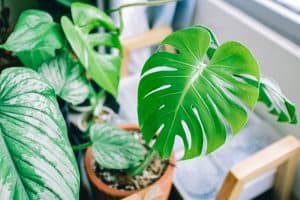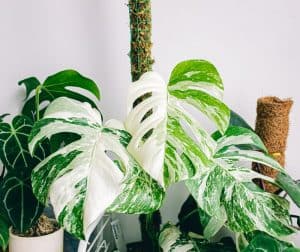Monsteras are often called split-leaf philodendron or Swiss cheese plants referring to their gorgeous leaves with beautiful cuts. These plants are now one of the favorite houseplants thanks to their deep green, tropical and lush foliage.
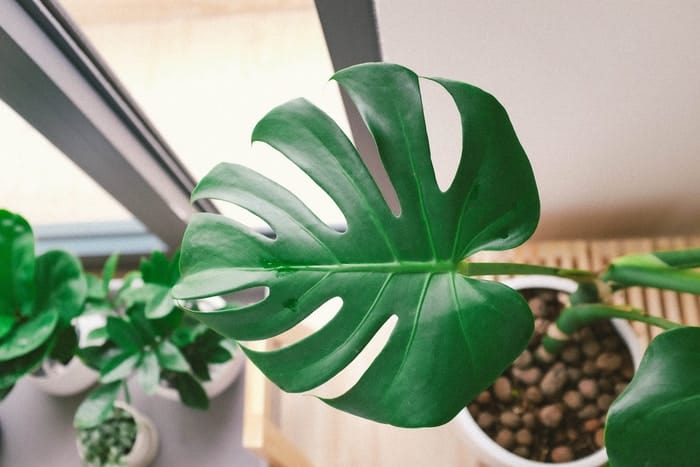
After some time, the foliage of these plants can look more exotic and become quite large. Monsteras don’t generally bloom indoors but if they are growing in their natural habitats, they can produce edible fruits that are said to resemble the taste of fruit salad.
If you have always wanted to grow these lovely green beauties, learning how to take care of a Monstera is the first step you need to take.
Read on below to know the care requirements of Monstera plants.
Common Pests
Monsteras are tough plants and don’t really suffer from pests when healthy. However, when a plant is under stress, becomes weak, or gets shocked, it can become more prone to several different pests such as spider mites, mealybugs, and scale.
To prevent these pests, make sure you listen to what the plant tells you. Once you start to see some pests such as mealybugs, it is not yet too late. First, see to it that your plant gets the proper water and light it needs. The purpose here is to ensure that your Monstera will be able to recover from the pests.
Next, use soapy water to carefully clean the stems and leaves of your Monstera. It will help drown the unwanted pests and let you get rid of them on the entire plant in one go. The thing that matters the most when it comes to dealing with pests is to continue to give your Monstera a fighting chance by caring for it in the way it wants. These include a consistent schedule for watering, an environment with high humidity, and proper light.
Once all the pests are gone, your Monstera will be able to recover faster and thrive all over again.
Water and Food
Monsteras prefer moist soil without being overly wet or soggy. See to it that the pot of your plant has good drainage. Make sure you water your plant every week when you notice that the soil’s top inch is already dry. Any excess water should also be drained away.
During summer and spring when your plant grows actively, it is also a good idea to give them food once a month using a quality liquid fertilizer.
Humidity
Monstera plants also love humidity. These beauties thrive in places with high humidity since it mimics their native habitats. This is the reason why it is a wise idea to mist your plant daily. It will be great if you already have a humidifier at home.
If you are having a hard time maintaining high humidity in your house, there are several things you can do to increase the humidity levels:
- Get a desk waterfall.
- Use a humidifier.
- Place a fishbowl near your plants.
- Prepare a stone tray where you can put your plants.
- Mist your plants as often as possible.
- Open the door while taking a shower.
- Dry your clothes near your plants.
- Place water bowls next to the plants.
- Cover your plants with plastic bags.
- Arrange your plants close to each other.
Placement and Light
Being a tropical plant, it is not surprising that Monsteras prefer warm indoor temperatures ranging from 68 to 80 degrees Fahrenheit. A small amount of humidity can also make these plants feel right at home.
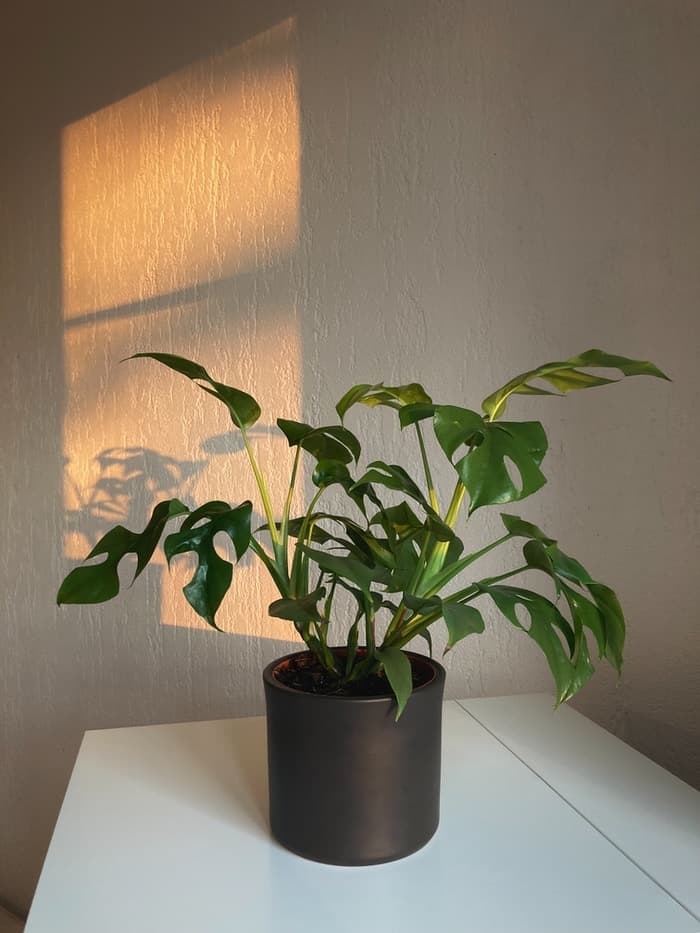
Kitchens and bathrooms can often add a touch of humidity. Misting your plant occasionally can also work. These plants tend to grow naturally in the forest floor’s dappled light. To imitate this, put your Monstera plant under filtered or bright indirect light.
These plants can also grow in deep shade although they might not show the desired cut-leaf foliage that much. You can also grow your Monstera in a shady area outdoors if you live in zones 11 or 10.
Propagation
It is easier to propagate a Monstera than other plants and you can do it in several ways. The first one is pruning your Monstera and cutting off a larger portion of the stem. Doing this will give the plant enough nutrients and moisture to start growing roots by itself.
Another method is to wait until your Monstera starts growing its air roots. This is the plant’s way of telling you that it is already primed for propagation. By then, you can cut off the stem under the air roots. Place the cutting in water to let the Monstera stem grow new roots and turn into an independent plant.
Pruning
Young Monstera plants usually have bushy and compact habits. As these plants grow, they will start showing their vining nature. When this happens, you can offer them climbing support to make them dramatic and tall, or you can also try pinching the plants to rein in their lankiness.
Use your fingertip to pinch off the new growth at the height that you prefer it to stay. Prune out any stems that produce no or few leaves. You can also remove the aerial roots if you cannot tuck them back into the pot.
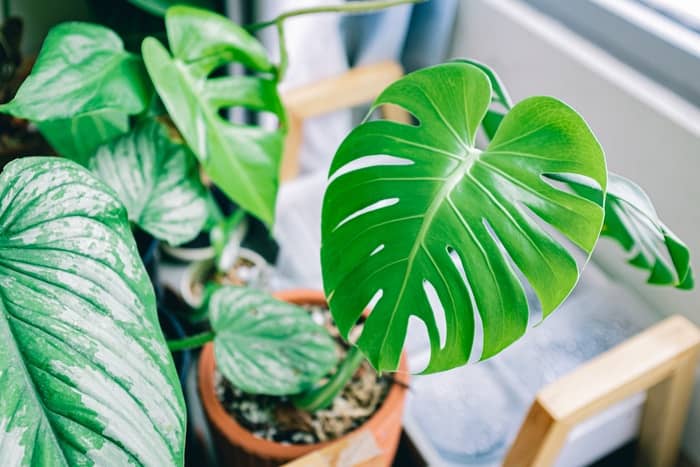
Repotting
Make sure you repot the young plants annually to add nutrients to the soil and encourage growth. Go up in the size of the pot by 2 inches a year little by little. After the plant reached the optimal height suitable for your home, you can give your plant a top dressing of new soil once annually and just repot it approximately every 3 years.
See to it that you only use quality potting soil that is free draining but stays moist at the same time. Remember that Monsteras are natural climbers that hold on to trees using their aerial roots. Every time you repot your Monstera, don’t forget to add a moss-covered plant stake or trellis for support.
Soil
Monsteras favor moist soil although they don’t fare well with wet soil. To achieve the proper amount of moisture where your Monstera can thrive, always use well-draining soil. Choose a pot with draining holes at the bottom to ensure that no water sits at the pot’s bottom. The soil you use must retain the water required by the plant, but the excess amount must be drained out of the bottom of the pot. This will help prevent root rot and overwatering.



